
Spotted Lanternfly Control and Management
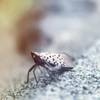


Spotted Lanternfly infestations have become a growing concern in New York City, posing significant risks to trees and properties. The best time to address spotted lantern fly infestation is as eggs in the fall and early spring. At the outset, some properly directed low-risk spray applications can be made. At this time, they are too widely dispersed for limited applications to be effective without endangering pollinators or other nonharmful insects and arthropods. So Standard is no longer offering this as a service option. We urge that you capture and kill or otherwise address those you can and be sure to inspect and properly remove all eggs in the fall.


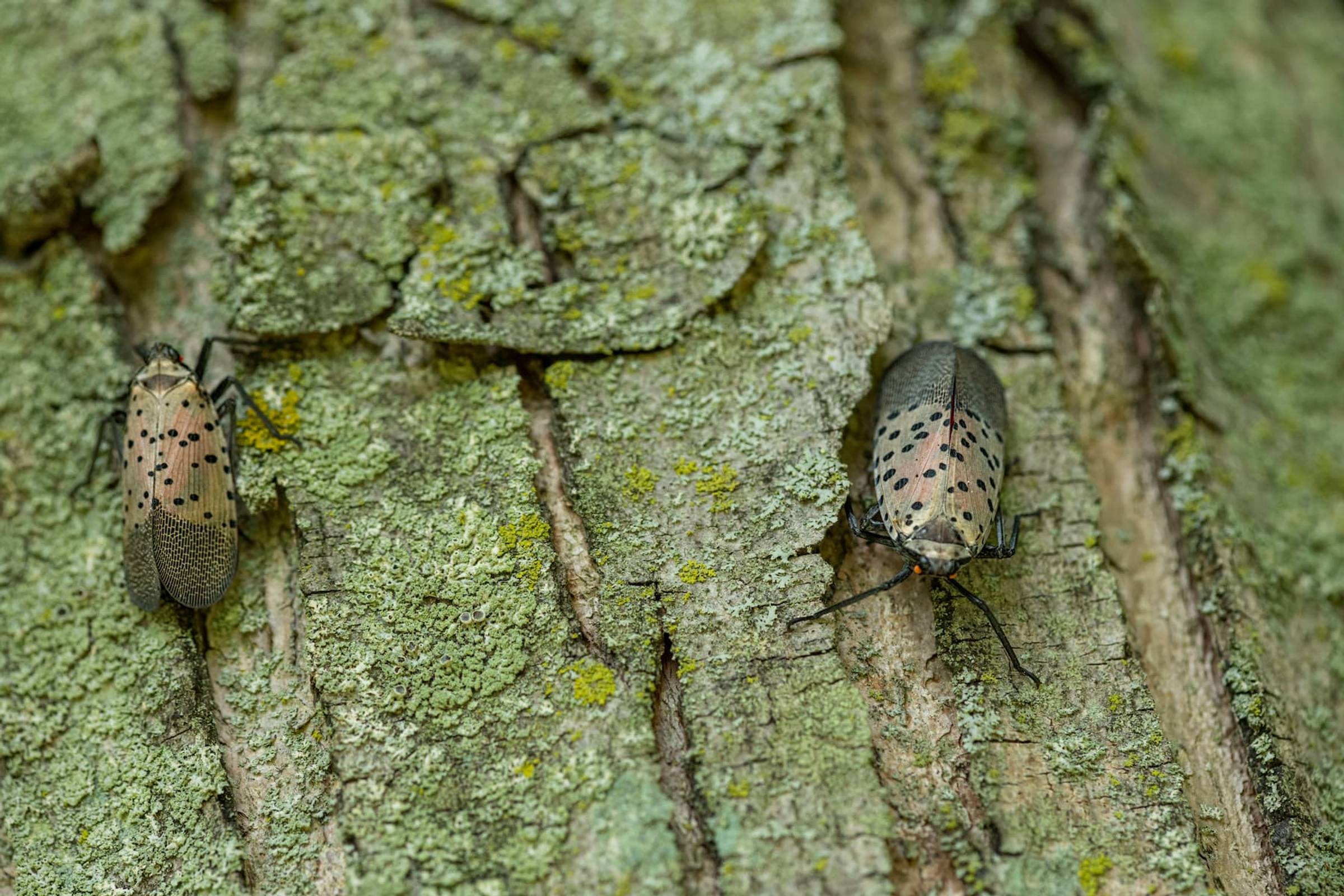
Although Spotted Lanternflies cannot directly harm people, animals or structures; they still pose risks. They are at best troublesome when it comes to vegetation such as plant life. In large numbers, they will feed on all types of plants, stressing them and making them far more susceptible to disease. These are some of the most common misconceptions about spotted Lanternflies.
In order for Standard Pest Management’s team to effectively manage and control Spotted Lanternfly infestations, it is crucial for us to understand their seasonal life cycle. Knowing the various stages of development and their preferred habitats during each phase can help property owners and our technicians target these invasive pests more efficiently.
In the early spring, Spotted Lanternfly eggs begin to hatch, releasing the first instar nymphs. These tiny, wingless nymphs are black with white spots and start feeding on leaves and stems to grow.
From spring to mid-summer, Spotted Lanternflies progress through their first three instar stages, maintaining their black and white spotted appearance. During this time, they feed on various plants, including weeds and turf grass, and continue to grow by molting their exoskeleton.
In the fourth instar stage, Spotted Lanternflies develop a striking red color with black and white spots. They transition from feeding on herbaceous plants to woody plants and trees during mid-summer through fall. This shift in feeding preference coincides with their final molt, after which they become winged adults.
As adults, Spotted Lanternflies feed on the phloem of woody plants and trees during the late summer and early winter months. This feeding activity can cause significant damage to trees and other plants. During this time, adult females also lay their eggs on various surfaces, such as tree trunks, branches, and man-made structures.
Spotted Lanternflies overwinter as eggs, allowing them to survive the colder months and begin the life cycle anew the following spring. These egg masses are typically covered with a protective, mud-like substance, making them difficult to spot.
By targeting these pests at specific stages of their development and monitoring their preferred habitats, property owners and the team at Standard Pest Management can better control and prevent future infestations.


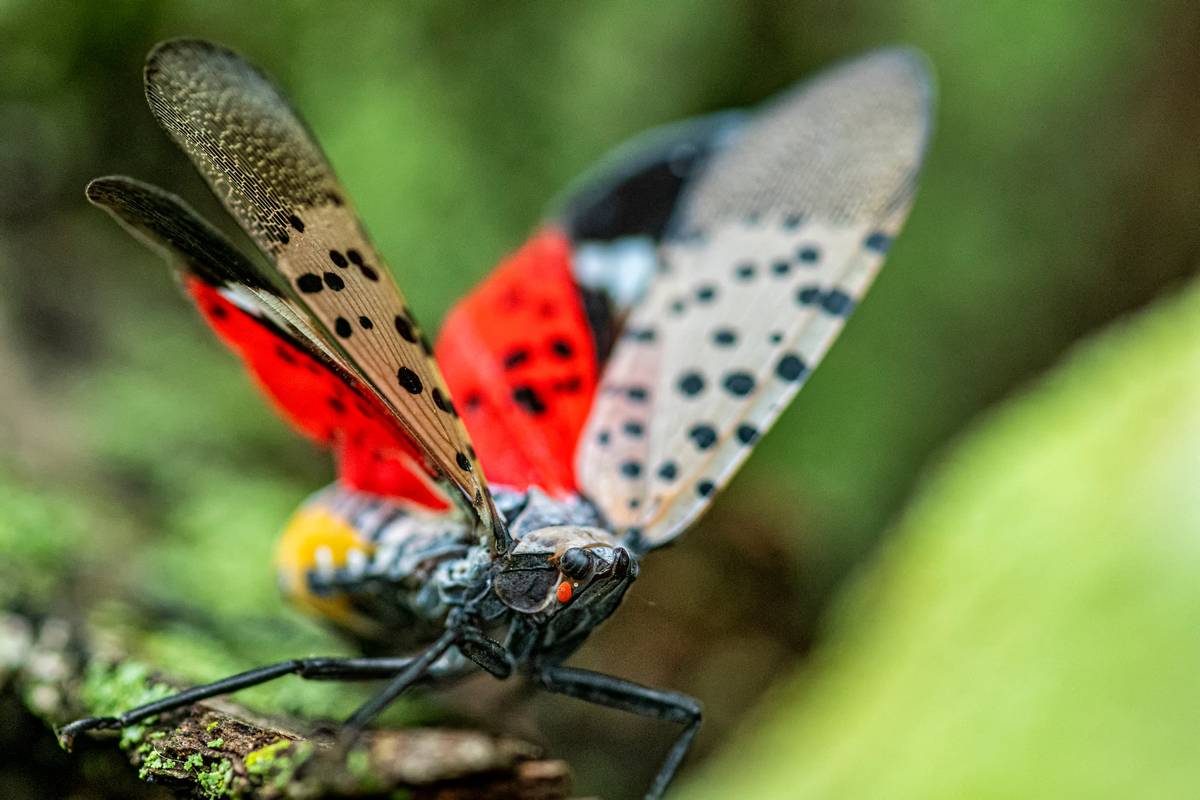
Inspection and assessment
Standard’s pest management process begins with a thorough inspection of your property to identify signs of infestation and evaluate the severity of the problem. Our experienced technicians examine trees, plants, and other potential hiding spots to determine the most effective treatment plan for your specific situation.
Customized treatment plans
For our customers, we recommend destroying any egg clusters found. Utilization of a shop vac is best to physically remove them. You can also use various types of traps such as a circle trap or sticky trap. Standard Pest Management will use pesticide treatments to eliminate Lanternfly populations in bulk.
Prevention and monitoring
After completing the initial treatment, we offer ongoing maintenance programs and expert advice to help you minimize future infestations. Our prevention and monitoring services ensure that your property remains protected against Spotted Lanternflies and other pests.


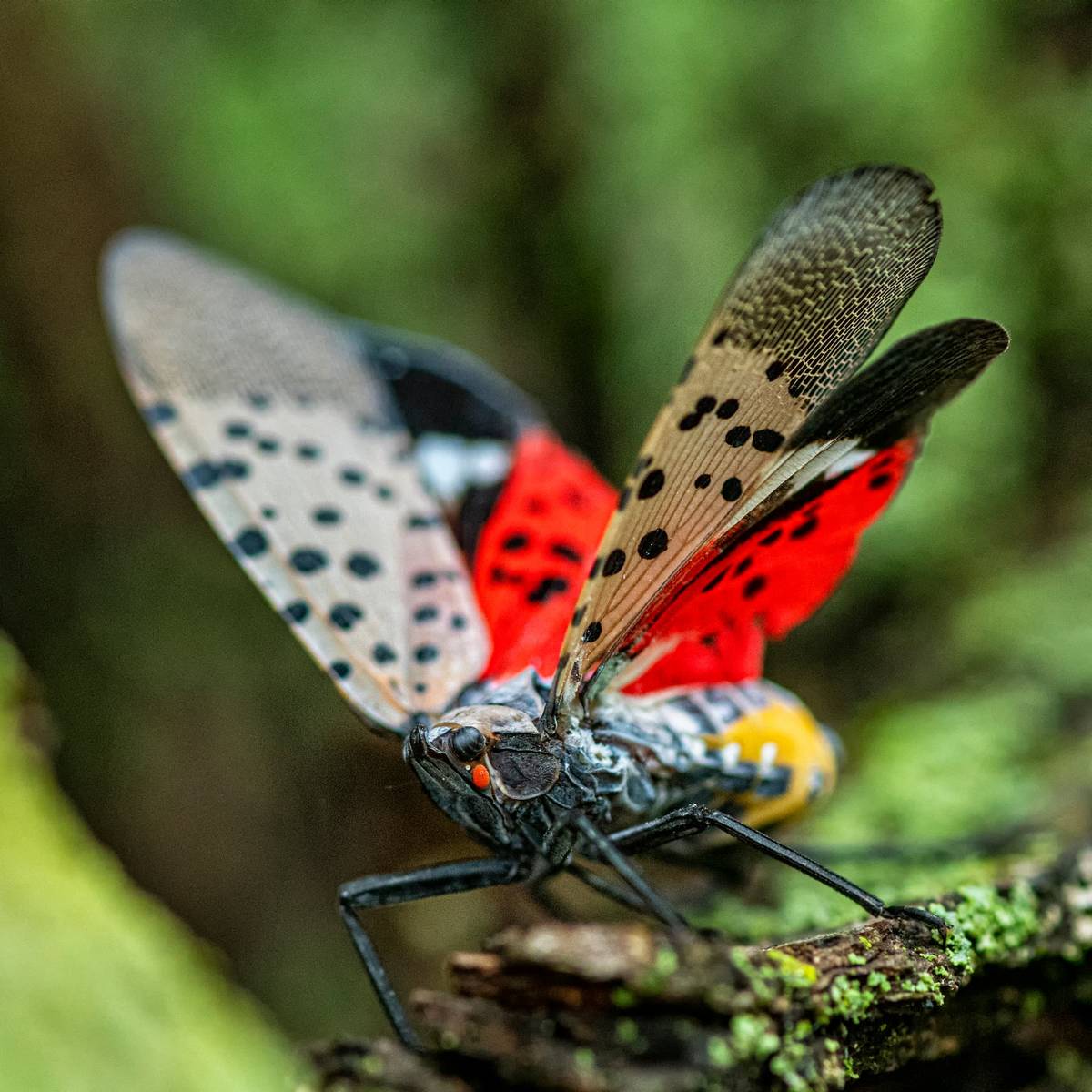
When it comes to managing Spotted Lanternfly infestations, the use of pesticides plays a crucial role in effectively eliminating these invasive pests. Standard Pest Management uses both depending on the severity of infestation.
Two primary types of insecticides are commonly used in Spotted Lanternfly control include systemic insecticides and contact insecticides. Standard Pest Management focuses on contact insecticides Understanding the differences between these insecticides can help ensure a successful pest management plan.


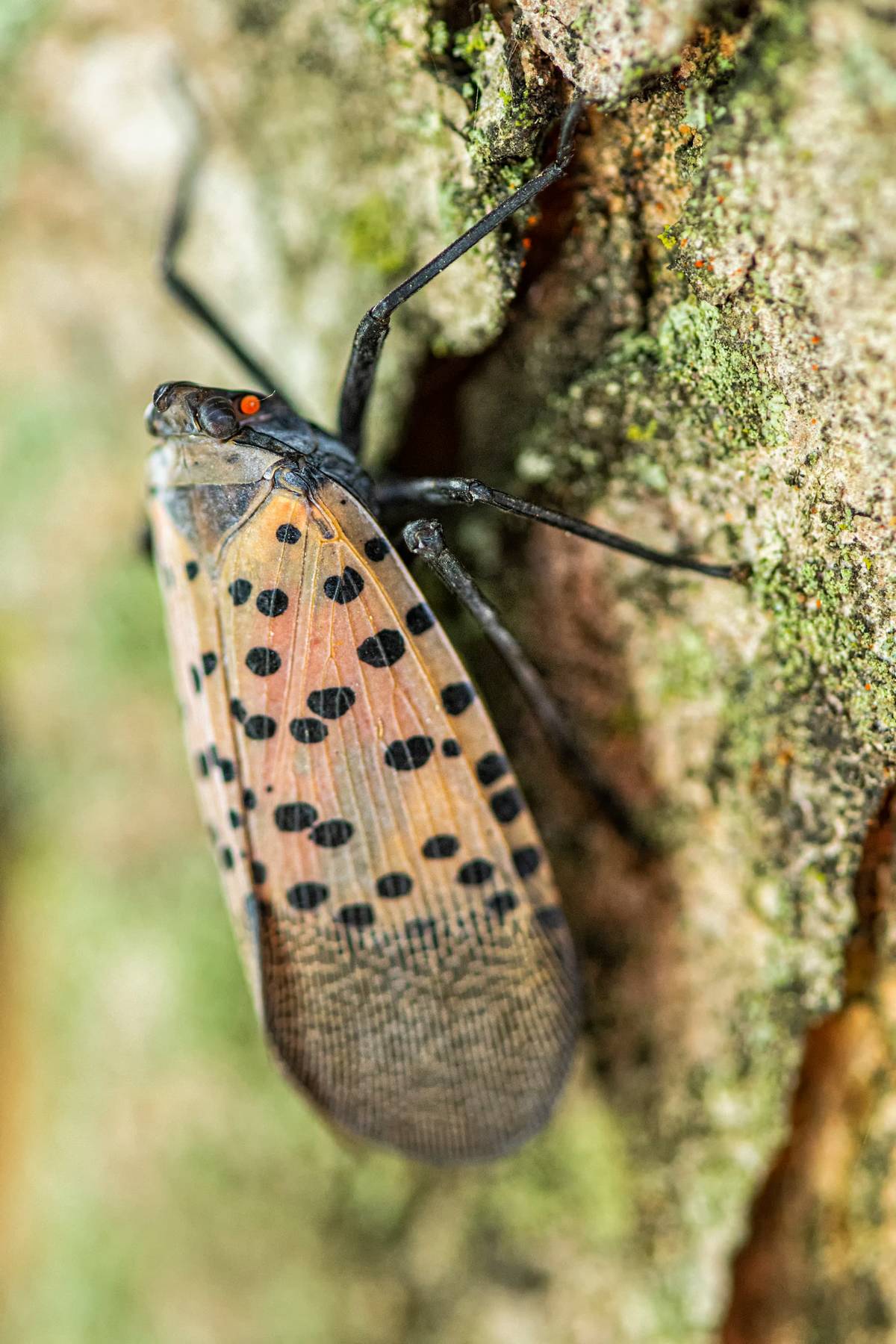
Unlike systemic insecticides, contact insecticides remain on the applied surface and need to come in direct contact with the Spotted Lanternflies to be effective. These chemicals are absorbed through the insect’s exoskeleton, causing rapid paralysis and death. Some popular examples of contact insecticides include Lambda-cyhalothrin, prallethrin, and pyrethrins.
Contact insecticides can be an excellent choice for smaller infestations or when rapid control is required. However, they typically have a shorter residual effect compared to systemic insecticides, meaning they may need to be applied more frequently for ongoing control.
Contact insecticides also play an important role in the management of Spotted Lanternfly infestations. Each type of insecticide offers unique benefits and can be used strategically by our team depending on the severity of the infestation and the specific needs of your property.
Successful control of Spotted Lanternfly infestations requires a strategic approach, with treatment timing playing a significant role in the effectiveness of control measures. To maximize the impact of our efforts, it is essential that we target these pests at various stages of their life cycle and specific locations on your property. Here's a breakdown of the ideal treatment timeline for combating Spotted Lanternflies:
During the early stages of their life cycle, Spotted Lanternflies can be found feeding on the underbrush, shrubs, and juvenile trees. Targeting these areas with insecticides between May and July can help control the nymph population, preventing them from maturing into adults and laying eggs.
As Spotted Lanternflies grow and mature, they tend to congregate on tree trunks and other resting areas. Treating these locations with appropriate insecticides from July through September can help manage adult populations and limit their ability to reproduce.
During the fall and early winter months, Spotted Lanternflies often seek shelter on structures, such as buildings and fences. Treating these resting areas from September through December can help eliminate any lingering adult populations and further reduce the chances of egg-laying.
Property owners play a crucial role in Spotted Lanternfly control by actively searching for and destroying egg masses on their property. These eggs can be found on tree trunks, branches, and various structures. From October through June, it's essential to regularly inspect your property, scrape off any egg masses, and destroy them to prevent future infestations.
Understanding the characteristics and common locations of Spotted Lanternfly egg masses is crucial in preventing and controlling infestations. By learning to recognize these egg masses, property owners can take appropriate measures to destroy them before the eggs hatch and the pests multiply. Here’s what you need to know about Spotted Lanternfly egg masses and where they are commonly found:



Knowing the preferred hosts of Spotted Lanternflies is crucial for effective pest management and control. By understanding which plants these invasive pests are most likely to feed on, property owners and pest control professionals can prioritize monitoring and treatment efforts to minimize the impact of infestations. Here’s a summary of the preferred hosts for Spotted Lanternflies:
Tree of Heaven
The Tree of Heaven (Ailanthus altissima) is a primary host for Spotted Lanternflies. This fast-growing, invasive tree species is characterized by its large size and multiple leaflets on each leaf. Spotted Lanternflies are particularly drawn to the Tree of Heaven, making it a critical target for monitoring and treatment efforts.


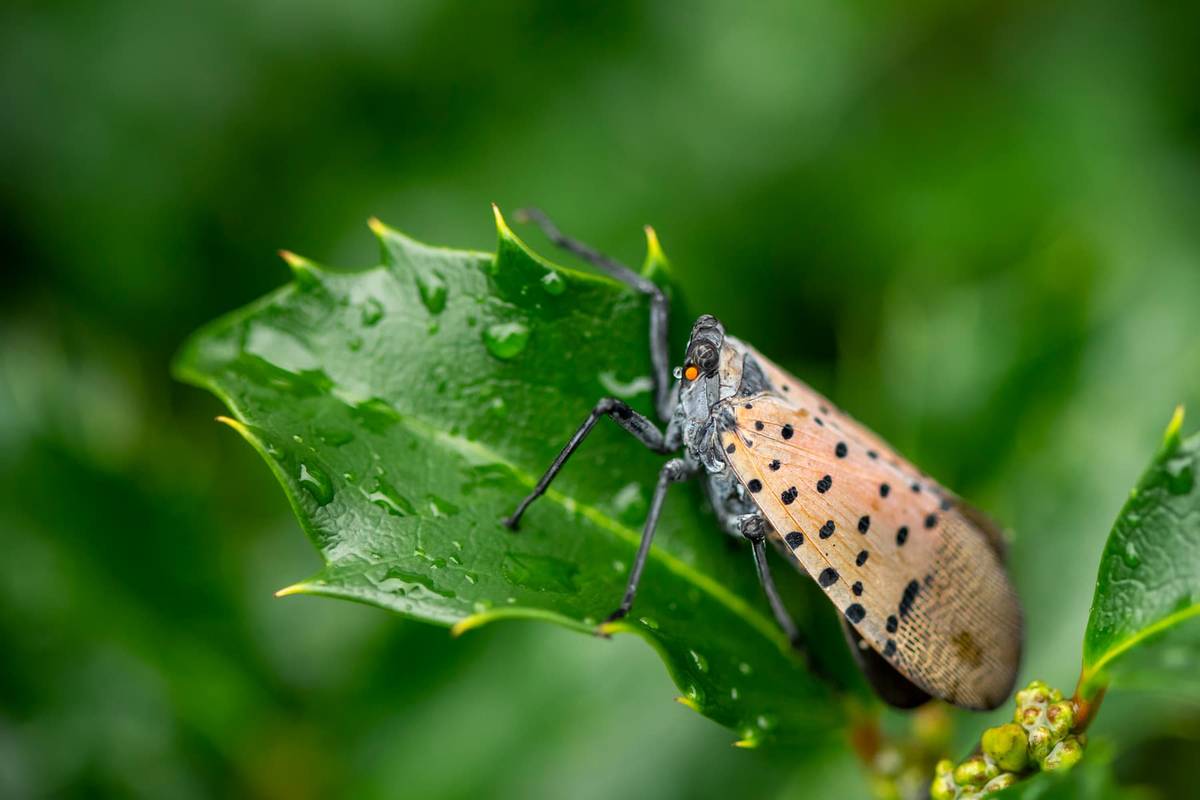
Feeding on a wide variety of plants
Spotted Lanternflies are not exclusive to the Tree of Heaven; they also feed on a broad range of other plants. Some of these plants are economically important crops, such as grapes, fruit trees, and hardwoods. The diverse feeding habits of Spotted Lanternflies make them a significant concern for both property owners and agricultural producers.
Over 100 plant species reported as hosts
Research has shown that Spotted Lanternflies have been reported to feed on over 100 different species of plants. This wide range of potential hosts further emphasizes the need for vigilant monitoring and targeted treatment efforts to control infestations effectively.
Understanding the preferred hosts of Spotted Lanternflies is essential for effective pest management. By focusing on the key host, the Tree of Heaven, as well as other economically important plants, property owners and Standard Pest Management can prioritize their efforts to minimize the damage caused by these invasive pests. Regular monitoring and targeted treatments can help control Spotted Lanternfly populations and protect valuable crops and plant species.
Proper identification of Spotted Lanternflies is essential for effective pest management and control. Recognizing the various stages of their development can help property owners and pest control professionals take timely action to minimize the impact of infestations. Here's a guide to identifying Spotted Lanternflies based on their distinctive characteristics:
During their early development, immature Spotted Lanternflies are primarily black with white spots. As they grow and molt, they develop red patches on their bodies, making them easier to identify.
Fully grown adult Spotted Lanternflies are about 1 inch long and 1/2 inch wide when at rest. Their size, combined with their unique color patterns, makes them relatively easy to spot.
The forewings of adult Spotted Lanternflies are grey and feature black spots. The tips of their wings have a distinct pattern of reticulated black blocks outlined in grey, which is another identifying characteristic of this invasive species.
The hindwings of Spotted Lanternflies display striking color patterns, with contrasting patches of red and black separated by a white band. This vivid coloration sets them apart from other native insects and makes them easier to identify.
The legs and head of a Spotted Lanternfly are black, while the abdomen is yellow with broad black bands. This unique combination of colors adds to their distinctive appearance and aids in identification.
Accurately identifying Spotted Lanternflies is crucial for implementing effective control measures. Familiarizing our technicians with their distinct characteristics at various stages of development can help the team at Standard Pest Management spot these invasive pests and take appropriate action to prevent and manage infestations.
Don't Let Birds Damage Your Balcony—Stop Nesting, Noise, and Droppings Now.